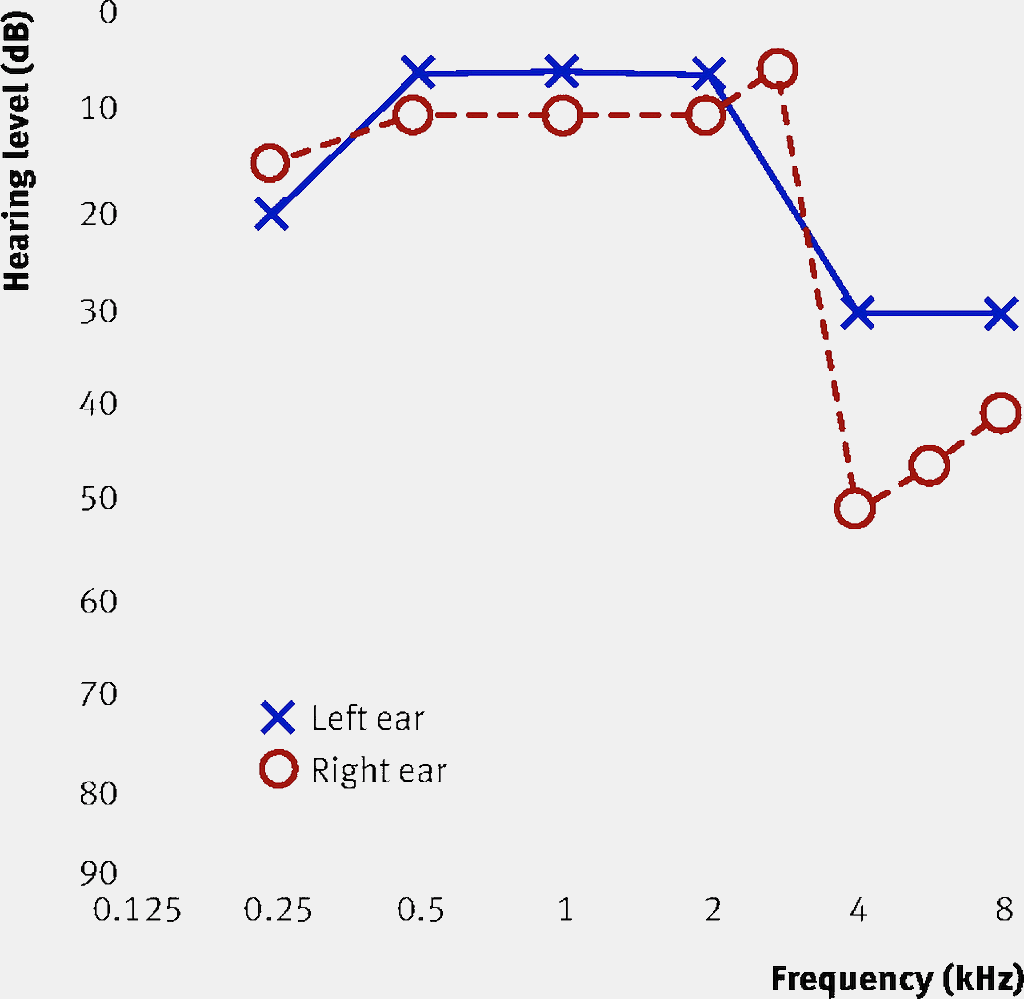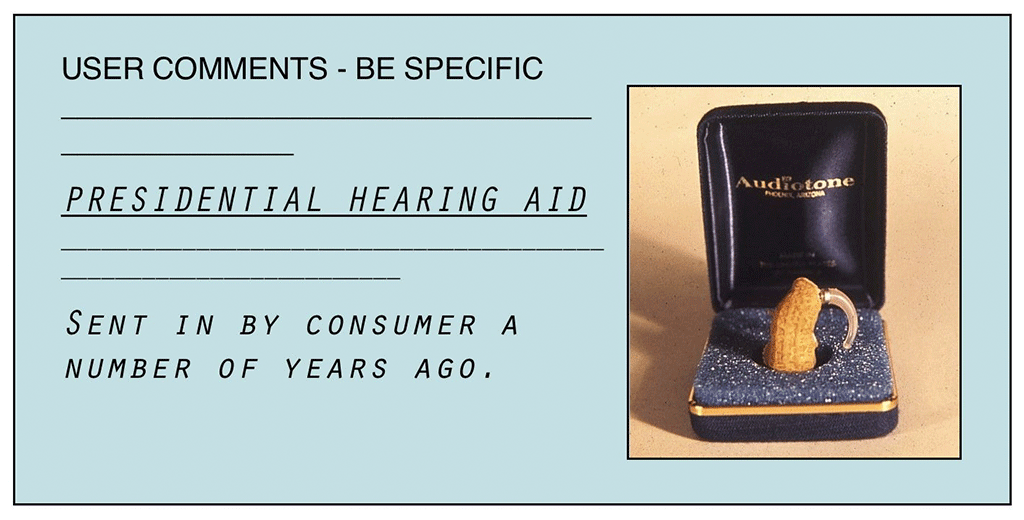Dec. 20, 2018
by Harvey Abrams, PhD As if the Costco effect and OTC legislation weren’t causing the audiology community enough tsuris, along comes another threat that’s sure to keep us up at night – deregulating the practice of audiology. In the past 18 months, representatives in 2 states, Iowa and Texas, introduced legislation that would eliminate the requirement to obtain a license











